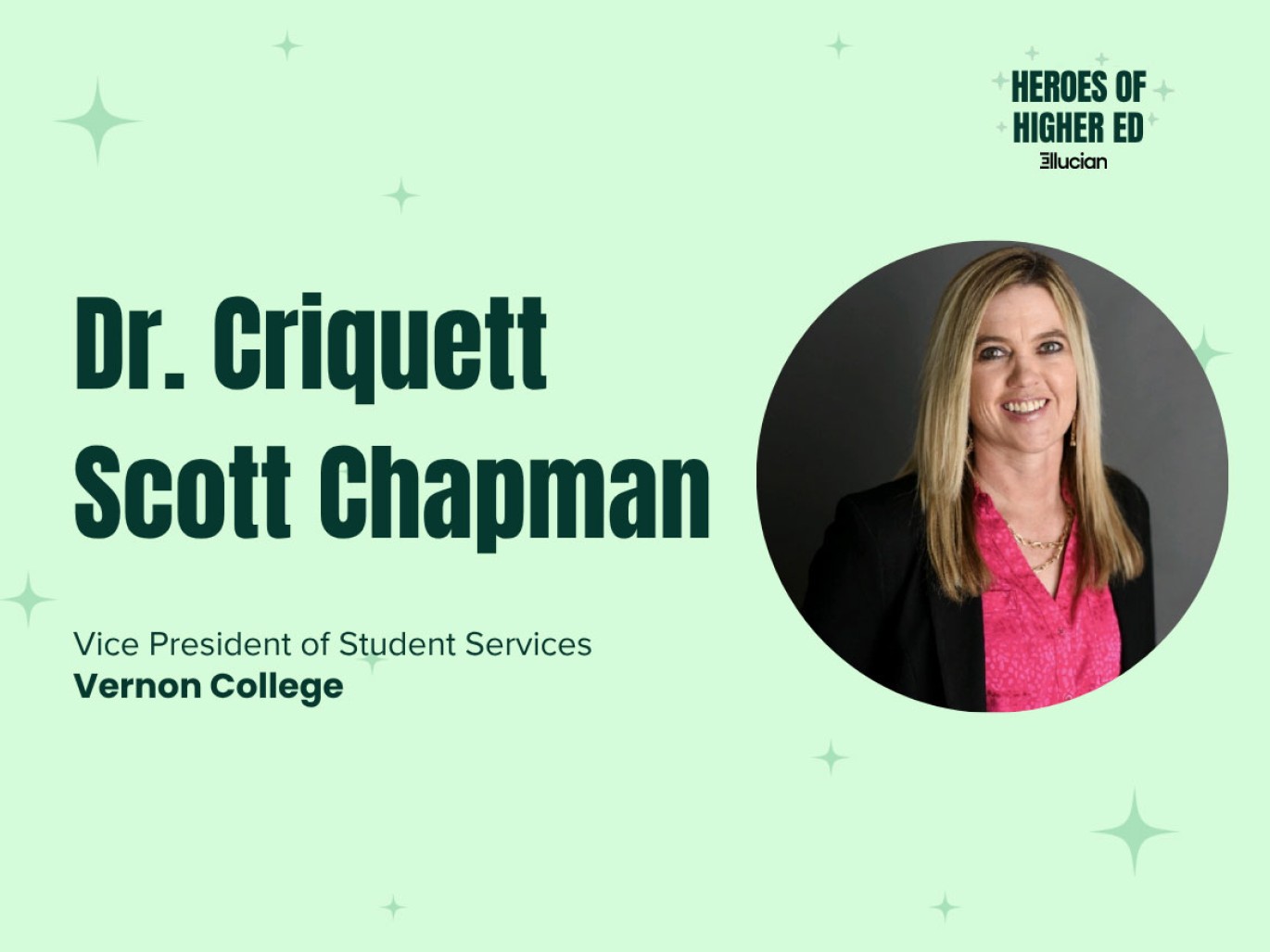Picture this: You walk into your institution’s president’s office, and they say, “I just finished reading Demographics and the Demand for Higher Education by Nathan Grawe. What are we doing to prepare for the demographic shifts that are coming?”
What goes through your head? What do you say? How confident are you in your ability to clear the enrollment cliff?
In 2026, the number of high school graduates will peak, which will result in the enrollment cliff. This topic has been the focus of many worried conversations between higher ed executives, and for good reason: The enrollment cliff will pose major financial threats to institutions. Many of my colleagues say they have done well in engaging with the “traditional” student population. But understanding and engaging with a new population—one that is gaining major importance—offers more pause than perspective.
A recent study by Niche found that perceived affordability is a top concern for students, and most students will eliminate a college from consideration based on sticker price.
In the old world of enrollment, the rock wall, the gym, the lazy river and the grand halls were center stage. In the new world of enrollment, prospective students want to understand and learn more about how they will afford your school and what services you provide them to make this important decision easy and conscionable.
So, back to this omnipresent question from presidents. How do you respond? Is your team prepared to engage prospective students in the coming years? How early are you starting? What is your plan to engage financially?
The short answer is this: Strategy and technology can come together to help you build and engage your new class of prospective students.
Here are three facts to orient your strategy around this new demographic:
Students are abandoning the idea of higher education because of cost. Most students — especially low-income and historically excluded students — eliminate colleges from consideration based upon the published total cost.
A survey of high school students found that the likelihood of attending a four-year school sank nearly 20% in recent months — down to 53%. Most of the decline is due to financial reasons. If you’re worried about a similar decline, here are a few good benchmarks you can use to determine where you (and your prospective students) may land:
- When was the last time you evaluated your aid packaging?
- Could you design a system to entice the best students alongside meeting the financial needs of your institution?
Students are not being engaged early enough. As many students consider more affordable options or delay higher education, underserved students with limited college prep resources are abandoning the prospect of attending college at much higher rates. However, research shows that students who experience early engagement as early as 9th and 10th grade are twice as likely to apply to college.
- When does your typical outreach begin to prospective students?
- How could you engage students earlier around college affordability at your institution?
Students are not receiving information about college that they feel is relevant to them. More than 50% of students started their college search before junior year. However, only 16% said that the outreach they’ve received was personalized and met their needs. We all know personalization adds time and effort to our enrollment strategies.
- What are low-lift strategies you can use to personalize your communications to better meet students’ needs?
- Are you missing the opportunity to offer personalized yet simple financial pathways that could attract and keep students in your enrollment funnel?
As you consider these statistics and determine how they relate to your overall strategy, I’ll share that I know firsthand how stressful these pointed questions around strategy can be. As I research, write and strategize with my team, I look forward to sharing our learnings and empowering you with the words, methods and ideas to build confidence and set you and your institution up for success today and well into the future.




